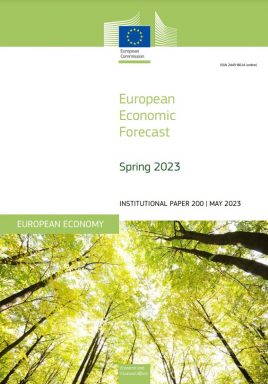
“According to Eurostat’s preliminary flash estimate, GDP grew by 0.3% in the EU and by 0.1% in the euro area in the first quarter of 2023. Leading indicators suggest continued growth in the second quarter”. This is according to the Spring Economic Forecast presented by Commissioner Paolo Gentiloni in Brussels today. “The European economy has managed to contain the adverse impact of Russia’s war of aggression against Ukraine, weathering the energy crisis thanks to a rapid diversification of supply and a sizeable fall in gas consumption. Markedly lower energy prices are working their way through the economy, reducing firms’ production costs. Consumers are also seeing their energy bills fall, although private consumption is set to remain subdued as wage growth lags inflation”. As inflation remains high, financing conditions “are set to tighten further”, which means investment is likely to slow down. The labour market looks “strong”: the EU unemployment rate “hit a new record low of 6.0% in March 2023”. Employment growth is forecast at 0.5% this year, before edging down to 0.4% in 2024. The unemployment rate is projected to remain just above 6%.
